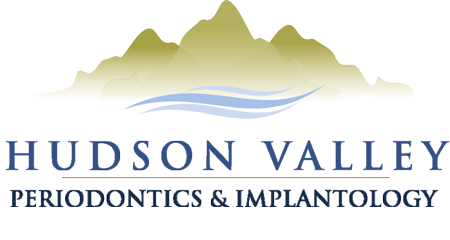Crown lengthening is a procedure that involves the removal of gum tissue in order to uncover more of the tooth structure. The procedure may be used for cosmetic purposes to improve an overly gummy smile, or for dental health purposes to make room for a crown to be placed over a damaged tooth.
There are many benefits to crown lengthening, such as reduced risk of gum disease, improved dental health, and a more natural looking smile. However, there are alternative treatment options for patients who would prefer not to have this procedure or for whom crown lengthening is not the best option.
Disadvantages to Crown Lengthening
Although there are many benefits of crown lengthening, there are also some disadvantages.
- Bleeding. Traditional crown lengthening is done with a scalpel to cut away the tissue, which causes bleeding and inflammation.
- Longer recovery. Recovery is longer with traditional crown lengthening because the gum tissue takes longer to heal.
- Tooth sensitivity. When the gum tissue is removed it exposes part of the root of the tooth, which is softer and more sensitive than the hard enamel of the crown.
Alternatives to Crown Lengthening
If you would prefer not to undergo traditional crown lengthening, there are alternative treatments that can still provide effective results:
- Laser crown lengthening. The best alternative to the traditional method is laser crown lengthening. When a dental laser is used to remove the gum tissue, it naturally cauterizes the tissue to minimize bleeding. It also prepares the newly exposed tooth material to reduce sensitivity.
- Filling. If you have a tooth that needs a crown due to significant decay or damage, a filling may provide a temporary solution that could delay the need for a crown and the required crown lengthening. A filling may not provide a permanent solution if there is not enough tooth enamel left.
- Inlay or onlay. When there is not enough tooth enamel left for a filling, a porcelain inlay or onlay may provide an alternative to getting a crown. An inlay is bonded to the inside portion of your tooth and an onlay is bonded to the outside of the tooth. These may provide a permanent alternative to a crown, thus eliminating the need for crown lengthening. However, it may eventually need to be replaced with a full crown.
- Margin elevation. Margin elevation is a complex procedure that is designed to lift the tooth slightly in the socket, enough that more tooth structure is available to place a crown. It is not commonly used, but it may be a possible alternative to crown lengthening.
- Extract the tooth. When all other alternatives have been exhausted, the tooth can always be extracted and replaced with a dental implant or bridge. This option completely eliminates the need for crown lengthening and other restorative procedures.
Which Option is Best For You?
If you’re looking for an alternative to crown lengthening, we can evaluate your current dental situation and recommend an alternative treatment. The best option for you will depend on a variety of factors, such as the health of your teeth and the reason for the procedure. If the purpose is to improve your smile, an alternative cosmetic procedure may work. If your tooth needs a crown, the best alternative depends on the condition of the tooth.
Who Provides Crown Lengthening and Alternatives?
Procedures involving the gum tissue are typically performed by a periodontist. Hudson Valley Periodontics & Implantology provides crown lengthening as well as alternative treatments that can provide similar results. We offer laser crown lengthening because it is minimally invasive for faster recovery. Let us discuss the various options with you to help you make the best choice for your dental and oral health.
Call 845-623-6666 or contact us today to learn more and schedule an appointment.

